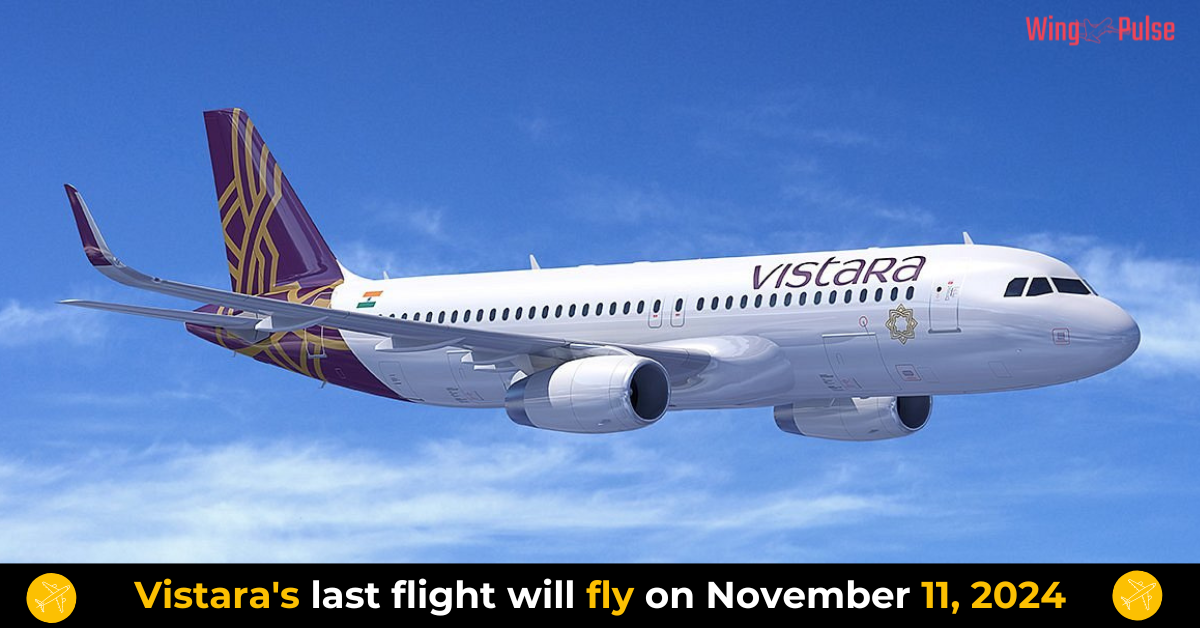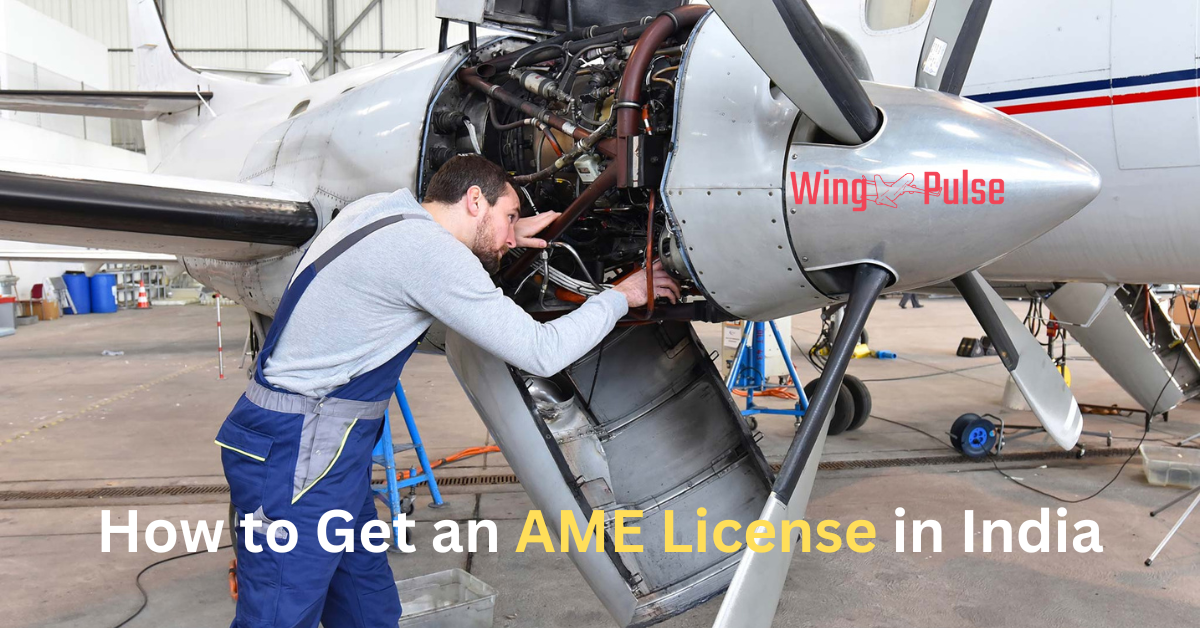Commercial pilot license india

Commercial pilot license india : Ever wanted to fly through the air, guiding a giant airplane with steam or skill? So, are you dreaming of becoming a pilot one day and if your answer is YES then there lies the path for getting Commercial Pilot License (CPL) in INDIA. If you ever wanted to sit in the cockpit of a Boeing 767, great news – becoming a commercial pilot puts extreme views within reach for anyone willing and able. But, long before you strap yourself in for this adventure of a lifetime there are facts about getting a CPL (Commercial Pilot Licence) that needs to be learnt. This complete guide will walk you through the process of how to get your wings in Indian Aviation Industry – from eligibility criteria and training requirements, career opportunities and then some
Table of Contents
1. Understanding the Basics of Commercial Pilot license
Have you ever fantasized of flying the air as a commercial pilot? So yes, A Commercial Pilot License (CPL) allows you to fly with compensation. It is not the same as a Private Pilot License (PPL) that can be used for personal use. With a CPL (commercial pilot license), you are able to work for airlines, charter companies and other groups that call pilots into service.
2. Different Kinds of Pilot Licenses in India
- Student Pilot License (SPL) : To add to the SPL=step 1 of becoming a commercial pilot. Which enables prospective pilots to start their flight training alongside a licensed instructor. To receive an SPL, candidates must pass a medical exam and also take the written test.
- Private Pilot License (PPL) : PPL is a license that permits the holder to operate an aircraft as Pilot-In-Command of any private non-commercial flying. You need at least 200 flight hours and pass the theoretical as well as practical exam, for which ICAO has developed an equally stringent but not highly restricted regulation.
- Commercial Pilot License (CPL) : The CPL shall not serve as a pilot for hire. It was designed to provide a greater degree of training and a higher standard than the PPL. CPL holders can work in commercial aviation or charter service.
- An ATPL, Airline Transport Pilot License : An ATPL is the highest level of aviation certification a pilot can use to fly a large, commercial transport. It also requires either an FAA Instrument rating or a Restricted PIC with considerable flight experience and the passing of rigorous examinations on numerous theoretical subjects
3. Eligibility Criteria
Before working your way to becoming a commercial pilot, be sure you can meet the following factors :
- Age : Should be 18 years old or above .
- Qualification : 10+2 With Physics and Maths For those who have not studied these subjects in school can appear for equivalent exams of standards from a recognized board.
- MEDICAL FITNESS : You should be in possession of Class 1 Medical Examination taken from DGCA approved medical examiner.
4. Ground School Training
You will be attending ground school- where you study the theory aspects of flying. This includes subjects like :
- Air Regulations : Safety regulations for aerial navigation.
- Meteorology (Weather Patterns) : As applied to Aviation.
- Navigation : Flight planning and enroute phase.
- Aircraft and Engine System : Knowing the concept of aircraft working with its engines.
- Radio Telephony : Procedures For Communication With ATC.
5. Flight Training
Practical Flight Training After Ground School This is done through a DGCA-approved flying school. Here’s what to expect :
- Student Pilot License (SPL) : the initial course which teaches you about basic flying skills.
- Private Pilot License : Intermediate step to uplift your flying skills.
- Commercial Pilot License (CPL) : It is an advance in training where you acquire flying hours and learns complexing fly maneuvers.
6. Examinations
You will need to pass several exams throughout your training.
- Written : On the subjects you learned in ground school .
- Flight Tests : Only flying tests to show off your relevant skills in-game .
7. Obtaining the License
Once your training is over and you successfully pass all the exams then you can directly apply to DGCA for obtaining Commercial Pilot License. You would have to provide your logbook, medical certificates, exam results & other documents as proof.
8. Job Opportunities
With a CPL, you can work in various sectors :
- Airlines : Start as a co-pilot and eventually become a captain.
- Charter Services : Fly private planes for clients
- Cargo Airlines : Transport goods and materials.
- Flight Instructor : Train new pilots.
- Corporate Aviation : Fly for private companies.
Becoming a commercial pilot in India is a challenging one.It requires dedication, hard work.With the right training and perseverance, you can fulfill your dream of flying commercially.



